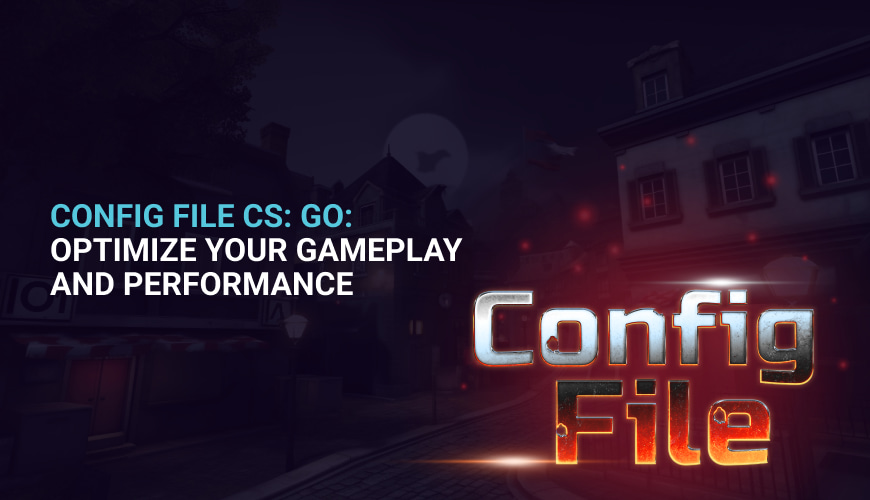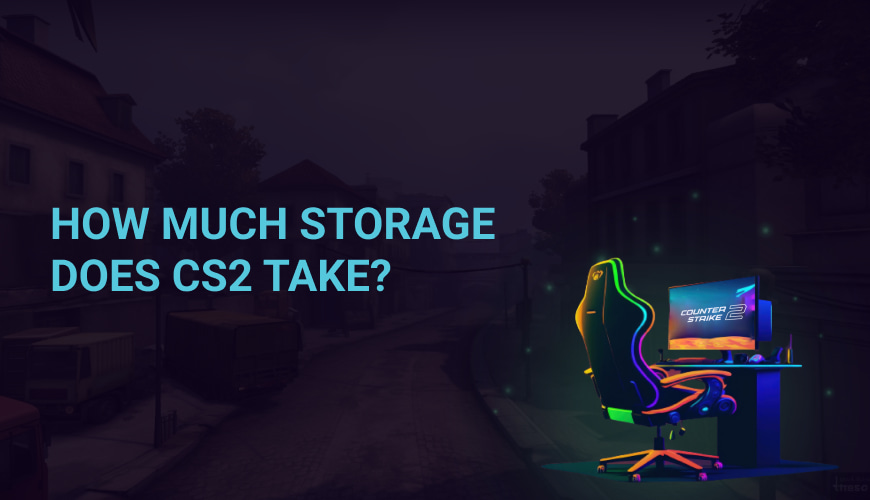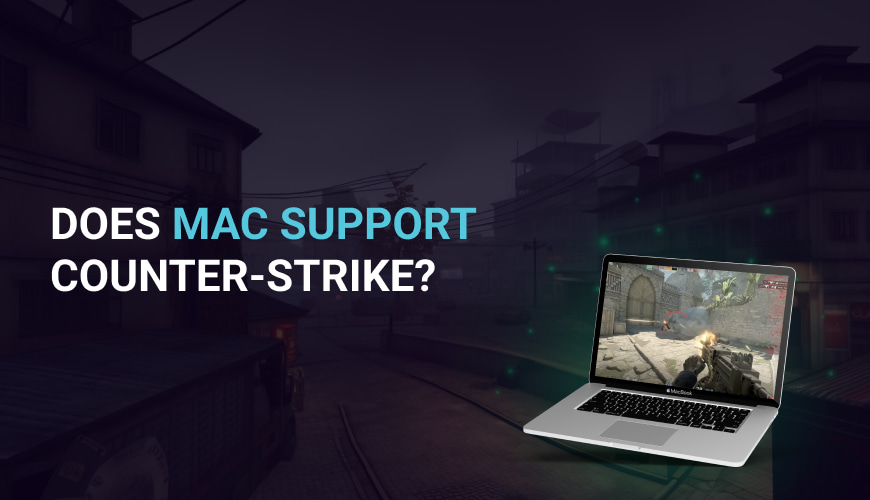In the world of competitive gaming, every split second counts. Whether you're a casual player or an aspiring professional doesn't matter!
Optimizing your gameplay and performance is essential. It's to achieve your full potential in games like CS: GO. The CS: GO config file is an often overlooked but incredibly powerful tool in your arsenal.
In this article, we will delve into the world of config files. We will understand their significance, learning where to put CS: GO config files. You will know how to create and customize them. And you will know how to leverage them to boost your gameplay and gaming experience.
Understanding Config Files
A config file is short for the configuration file. It is a plain text file. It contains settings and commands that dictate how a software application operates. In the context of CS: GO, a config file can control various in-game settings. They're graphics options, sound preferences, keybindings, and more.
These files are an invaluable resource for players. They're handy for fine-tuning gaming experience according to preferences and hardware capabilities.
Where Is CS: GO Config Located?
Before diving into the intricacies of creating and customizing config files, let's find out where you can find them.
CS: GO config files are located within the game's installation directory. The specific path might vary depending on your system, but it's typically found in a folder named "cfg." This folder contains two essential config files: "autoexec.cfg" and "config.cfg."
Difference Between Autoexec.cfg and Config.cfg Files
The "autoexec.cfg" and "config.cfg" files serve distinct purposes in CS: GO. And understanding their differences is crucial for optimizing your gameplay.
"config.cfg" is CS: GO's default configuration file to store your in-game settings. These settings include graphics options, sound preferences, and crosshair settings. While you can change this file directly, it's recommended not to do so. CS: GO occasionally overwrites this config file with default settings, potentially undoing your customizations.
"autoexec.cfg" is a user-created configuration file. It allows you to execute specific commands automatically whenever you launch CS: GO. This file is a powerful tool for applying consistent settings and preferences. It ensures that your customized configurations remain intact despite updates or system changes.
How to Create a CFG File?

Mastering the intricacies of CS: GO can greatly influence your success. One essential tool that players often underestimate is the CFG (configuration) file.
This powerful resource empowers you to fine-tune your gaming experience. It helps in optimizing settings and commands to suit your preferences.
In this block, we will tell you how to create a cfg file. We will shed light on its significance and the advantages it brings.
We will provide a comprehensive guide on how to craft this file step by step. You will ensure you're equipped with the knowledge to maintain your personalized settings. Unlock the potential of CFG files and take your CS: GO gameplay to the next level.
Navigate to CS: GO Game Files and Access the CFG Folder
For this:
-
Open your Steam client and navigate to your library.
-
Right-click on "Counter-Strike: Global Offensive" and select "Properties."
-
In the "Properties" window, click on the "Local Files" tab and then click "Browse Local Files." This will open the CS: GO installation folder.
Choose a Text Editor and Create the CFG File
Then you need to know how to create a cfg file:
-
Within the CS: GO installation folder, locate the "cfg" folder.
-
Right-click inside the "cfg" folder, hover over "New," and select "Text Document."
-
Rename the newly created text document to "autoexec.cfg."
Customize Your Autoexec.cfg File:
Before diving into where to put CS: GO config:
-
Right-click on the "autoexec.cfg" file and select "Edit" or open it with a text editor of your choice.
-
Here, you can add various commands and settings to optimize your gameplay. For example, you can adjust your mouse sensitivity. Or you can configure your crosshair, and bind specific keys to actions.
Save the CFG File and Place it in the Correct Folder
Then:
-
After making your desired changes, save the "autoexec.cfg" file.
-
Make sure that the saved file is in the plain text format (usually denoted by the ".cfg" extension).
-
Move the "autoexec.cfg" file to the "cfg" folder within the CS: GO installation directory.
Where to Put CS: GO Config?
Understanding where to place your CS: GO config files is crucial for them to be effective. The "config.cfg" file is automatically stored in the correct location. It's when you change in-game settings. But the "autoexec.cfg" file requires manual placement in the "cfg" folder, as discussed above.
Note that CS: GO will execute the commands from the "autoexec.cfg" file every time you launch the game. It ensures your personalized settings are consistently applied.
Bottom Line
Now you know:
-
What config file is.
-
Where the CS: GO config is.
-
How to create a cfg file.
In the fast-paced world of CS: GO, tweaking your gameplay and getting the most out of your performance can be a game-changer.
Don't overlook the power of config files. They let you customize your gaming experience. This gives you an edge in the virtual battleground.
With an "autoexec.cfg" file and know-how in handling config files in CS: GO, you can keep your favorite settings, controls, and commands unchanged, no matter updates or system shifts.
Seize control of your gaming journey now. And use CS: GO config files to unleash your ultimate gaming skills.
FAQs
Where do I put CS 1.6 config files?
The exact path may vary depending on your operating system, but the common locations are:
-
Windows: C:\Program Files (x86)\Steam\steamapps\common\Half-Life\cstrike
-
Linux: ~/Steam/steamapps/common/Half-Life/cstrike
-
Mac: ~/Library/Application Support/Steam/steamapps/common/Half-Life/cstrike
What is an autoexec file?
An autoexec file (autoexec.cfg) is a configuration file. It's used in games like Counter-Strike 1.6. It's to automatically execute a series of console commands and settings. This allows players to customize their gameplay experience. You can set preferences for graphics, controls, crosshair settings, and sound. The autoexec.cfg file should be placed in the "cstrike" folder in the game's directory.
How do I change my crosshair in CS 1.6?
To change your crosshair in Counter-Strike 1.6, you can use the console commands. Here's an example of how to do it:
-
Open the game and enable the developer console in the game settings.
-
Press the "~" key (tilde) to open the console.
-
Type the following command to change your crosshair: crosshair Replace with a number from 0 to 5. Each number corresponds to a different crosshair style:
0: Default crosshair.
1: Small crosshair.
2: Medium crosshair.
3: Large crosshair.
4: Extra large crosshair.
5: Custom crosshair (requires additional commands).
-
Press Enter to apply the changes.
How can I improve my FPS in CS 1.6?
You can try the following tips to improve your FPS:
-
Lower your in-game graphics settings, such as texture quality, shadows, and effects.
-
Update your graphics card drivers to the latest version.
-
Close background applications that may be using system resources.
-
Set your computer to "High Performance" mode in power settings.
-
Disable vertical synchronization (V-Sync) in the game settings.
-
Make sure your computer meets the game's system requirements.
-
Consider using a lower resolution for better performance.
How do I enable the developer console in CS 1.6?
To enable the developer console in Counter-Strike 1.6, follow these steps:
-
Open the game and go to the Options menu.
-
Click on the "Keyboard" tab.
-
Check the box next to "Enable Developer Console."
-
Click "OK" to apply the changes.
-
Now, you can open the developer console by pressing the "~" key (tilde) while in-game.




0 comments
Add a comment